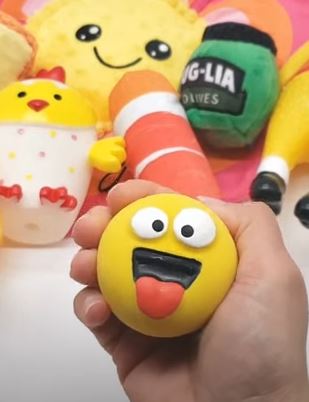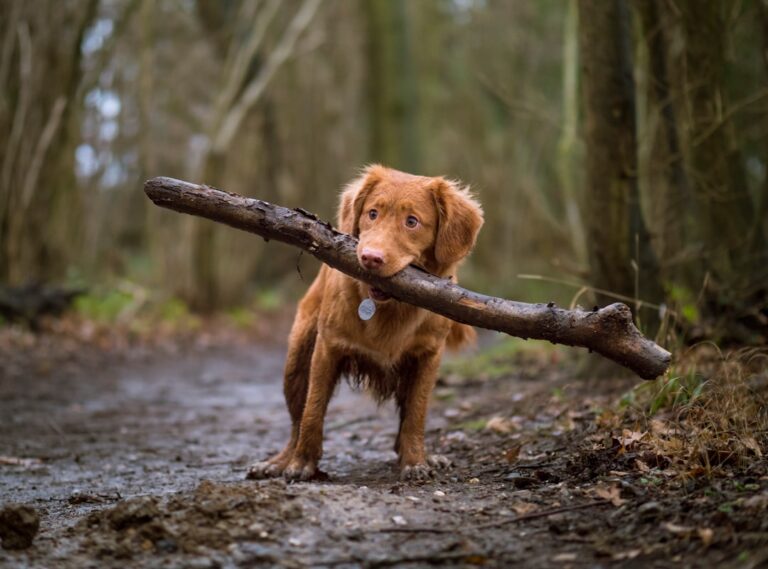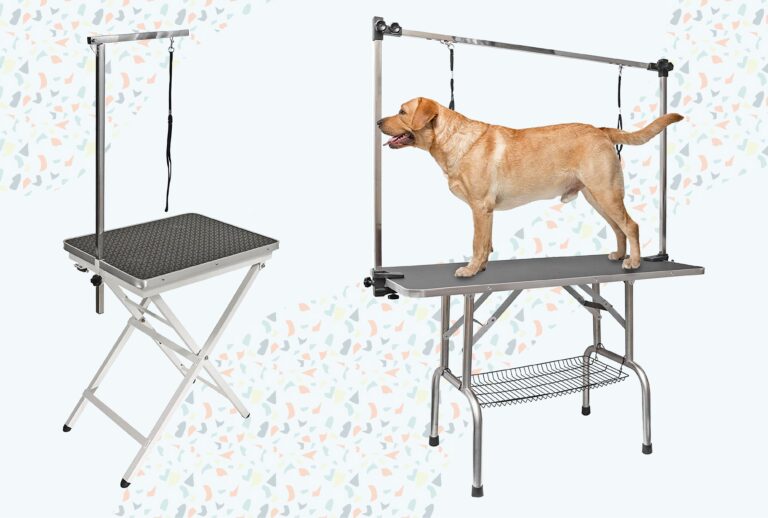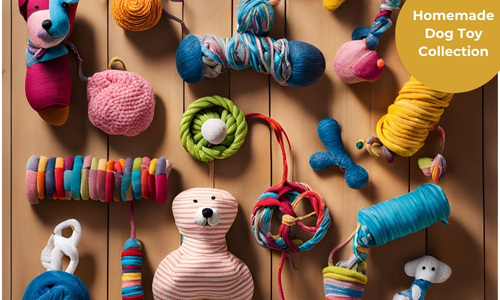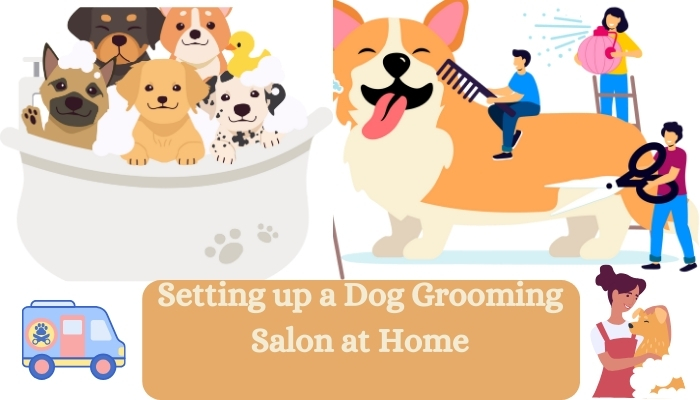The Ultimate Guide to Choosing the Perfect Rubber Dog Toy for Your Puppy: Expert Tips & Tricks You Need to Know!
When I first brought my puppy home, I quickly realized how important it was to choose the right toys. It’s not just about keeping them entertained, but also about ensuring their safety and developmental growth. And when it comes to toys, rubber dog toys are some of the best options out there. But, how do you choose the right one?
The answer is simpler than you think: You need to understand your puppy’s size, chewing habits, and developmental stage to pick the perfect rubber toy.
Experts agree that the right rubber toy can make a huge difference in your puppy’s well-being. According to Dr. Sally Hopkins, a veterinarian with over 20 years of experience, “Rubber dog toys are perfect for teething puppies as they are durable, flexible, and safe, providing just the right amount of resistance for growing teeth.”
In this article, I’ll walk you through everything I’ve learned from my own experience and from experts about picking the right rubber dog toy for your puppy. From size to material, durability, and even safety features, we’ll cover it all.
Read also: Why Do Dogs Love Rubber Toys? The Surprising Truth Revealed!
1. Understand Your Puppy’s Size and Age
The first thing to consider when choosing the right rubber dog toy is your puppy’s size and age. Rubber toys come in different sizes and hardness levels, designed specifically for small, medium, or large breeds.
Small Breeds (Under 15 lbs):
For smaller puppies, like a Chihuahua or a Toy Poodle, you’ll want to choose rubber toys that are soft yet durable. A toy that’s too big can overwhelm your puppy, while one that’s too small can become a choking hazard. Look for toys labeled “small breed” or “puppy-sized.”
Medium Breeds (15-40 lbs):
For puppies that fall into this category (think Beagle or Cocker Spaniel), a medium-sized rubber toy works best. You’ll want to ensure the toy is not too soft, as puppies in this size range can chew through softer materials faster. Look for toys that provide a balance between flexibility and strength.
Large Breeds (Over 40 lbs):
If your puppy is a larger breed like a Labrador Retriever or German Shepherd, you’ll need a robust and durable rubber toy. Look for ones that are designed for heavy chewers, with tougher rubber materials that can withstand the pressure.
Age Factor:
Puppies go through a teething phase that can last up to 6 months. During this time, they’ll need softer rubber toys to soothe their aching gums. After that, as their teeth grow stronger, they can handle firmer, more durable toys.
2. Choose the Right Rubber Material
Not all rubber is created equal, so it’s crucial to choose a non-toxic, pet-safe rubber material. There are two primary types of rubber materials to choose from:
Natural Rubber:
Natural rubber is the most common and safest material for dog toys. It is non-toxic, hypoallergenic, and provides a good balance between softness and durability. It’s flexible enough for puppies who are teething but tough enough for them to chew on without destroying it in minutes. Look for rubber dog toys made from natural or eco-friendly materials.
Synthetic Rubber:
Synthetic rubber tends to be cheaper but can sometimes contain harmful chemicals like BPA or phthalates. These chemicals can be harmful to your puppy’s health. If you choose synthetic rubber, make sure it’s specifically labeled as safe and non-toxic.
3. Look for a Toy That Matches Their Chewing Habits
Every puppy is different. Some are light chewers, while others will chew through anything in sight. The rubber toy you choose should align with your puppy’s chewing habits.
For Light Chewers:
If your puppy isn’t an aggressive chewer, a softer rubber toy will be enough. These toys are gentler on their teeth and gums but still satisfy their need to chew.
For Heavy Chewers:
If your puppy is a heavy chewer (like most larger breeds), you’ll need to go for a tougher, more durable rubber toy. These toys are made of denser rubber, making them more resistant to wear and tear.
Read also: Are Rubber Toys Good for Dogs? The Truth Every Pet Parent Must Know
4. Interactive Features & Treat Dispensers
If you’re looking to add an extra layer of engagement for your puppy, consider rubber toys with treat dispensers. These toys are designed to hold small treats inside, encouraging your puppy to work for their rewards. Not only does this make playtime more fun, but it also provides mental stimulation for your puppy.
I found that my puppy loved toys with treat dispensers. It kept him busy and helped curb his boredom. As a bonus, toys with treat dispensers can promote healthy eating habits and slow down fast eaters.
5. Safety First
Safety is non-negotiable. Always look for rubber dog toys that are BPA-free, phthalate-free, and free from any harmful chemicals. The toy should not have any small parts or pieces that could come off and pose a choking hazard.
Dr. Hopkins suggests avoiding squeaky toys if your puppy is prone to swallowing small parts. “While squeaky toys are fun, some dogs get overly obsessed with the squeaker and can break the toy apart, leading to a choking hazard.”
6. Reputation of the Brand
When choosing a rubber dog toy, it’s crucial to pick a reputable brand. The more established brands typically put their toys through rigorous safety testing, ensuring they meet pet safety standards. Look for brands that specialize in pet products, as they are more likely to use high-quality materials and provide detailed safety information.
FAQ on Choosing the Right Rubber Dog Toy
- How do I know if a rubber dog toy is safe for my puppy?
Always look for toys that are labeled as non-toxic and made from pet-safe materials. Check for certifications from independent testing agencies. - Can I give my puppy a rubber toy if they’re teething?
Yes, rubber toys are ideal for teething puppies. Choose softer rubber toys to soothe their gums during this phase. - How do I clean rubber dog toys?
Most rubber toys can be washed with warm, soapy water. You can also put them in the dishwasher (top rack) for easy cleaning. - Are rubber dog toys indestructible?
While rubber toys are durable, no toy is truly indestructible. If your puppy is a power chewer, look for tougher options specifically designed for heavy chewers.
Conclusion
Choosing the right rubber dog toy for your puppy doesn’t have to be overwhelming. By considering factors like size, age, chewing habits, material, and safety, you can find the perfect toy to keep your puppy happy, healthy, and entertained.
Remember, not all rubber toys are created equal. Don’t rush the decision – take your time to find a toy that suits your puppy’s needs. Your puppy will thank you, and you’ll enjoy watching them play and grow!
As I’ve learned from my own puppy, the right toy can make a huge difference in their development and well-being. So, do your research, pick wisely, and enjoy the fun moments that come with providing your puppy the best possible toys for their growth!

